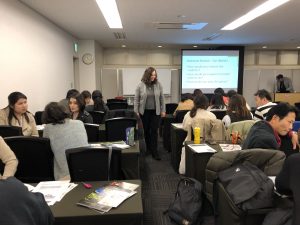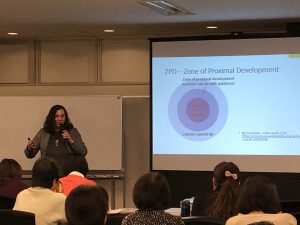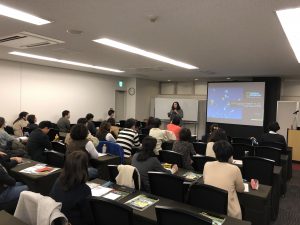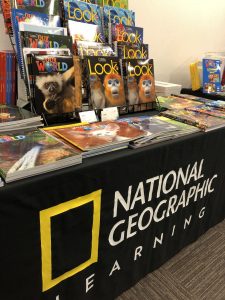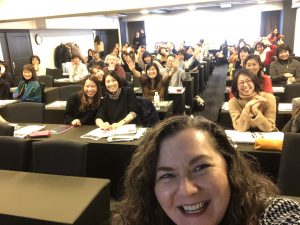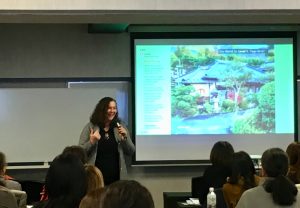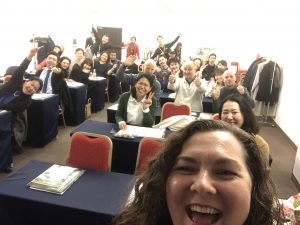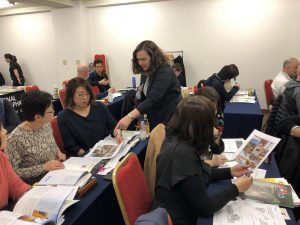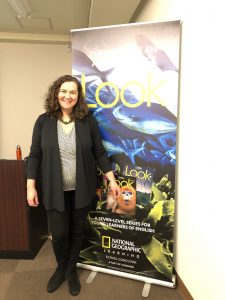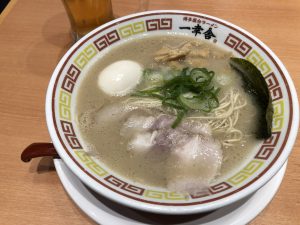This winter, I took part in the National Geographic Learning book tour. In January, I made presentations in Nagoya, Osaka, and Fukuoka and am looking forward to presenting in Sendai and Tokyo in February. When coming up with ideas for my presentation, I talked with my husband, who suggested the topic of looking at the lesson from the students’ side. Teachers are often very focused on creating a lesson plan and completing it during class time. However, a successful lesson is not necessarily one where a teacher gets through their lesson plan before the bell rings. As a famous teacher once said to me, just because you are teaching does not mean the students are learning. If students are anxious, silent, or misbehaving, it may mean that the teacher has not considered how to provide enough support when setting up or carrying out an activity or not taken the time to capture the students’ interest. An idea class is one where the students are in the Zone of Proximal Development, when students are able to achieve more through the teacher’s help than they could on their own. In the presentation, I shared many practical ways to set up activities, provide support during activities, pique the children’s natural curiosity, and use personalization activities to check understanding.
I once was in a Japanese class where the teacher was only concerned with completing her lesson plan. The students tried to ask questions, but she waved away our raised hands, saying we didn’t have enough time for questions. I became very demotivated to study. However, I noticed the Chinese students in class never asked questions and sat quietly in class, taking notes. I asked them if they understood the lesson. To my surprise, they answered, “No!” They said they were just used to teachers in China who taught in the same style. This was an important lesson for me, because I learned that just because students look like they understand, doesn’t mean they really do.
In the middle of the tour, it was time to go to the mini-conference I helped organize for the School Owners Special Interest Group. It was our first time to have it in Tokyo and we were pleased when almost 50 school owners came to attend. It was inspiring to see that there are so many independent schools in Japan, trying their best to improve English education.
January 12, the tour kicked off in Nagoya.
It continued the next day in Osaka.
The last week of January, I went to Fukuoka. I had a small, but very enthusiastic group who shared some great ideas. After the presentation, I went to the airport and had a well-deserved bowl of Hakata ramen before boarding my plane for Nagoya.


